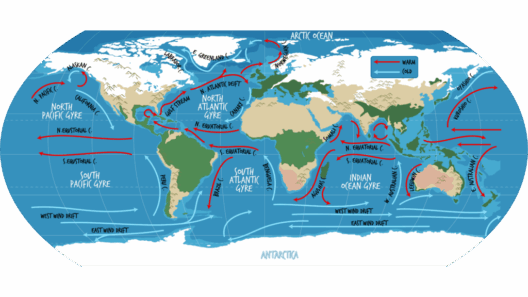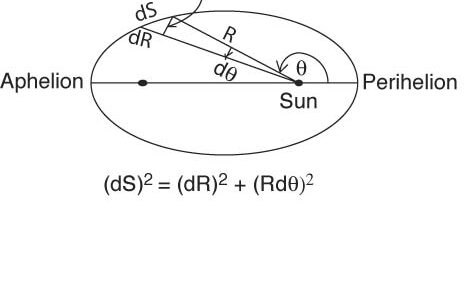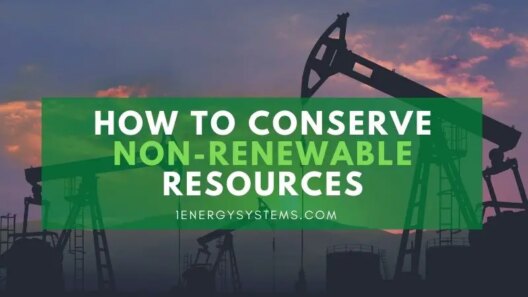The concepts of momentum and energy are fundamental in the field of physics, particularly when examining collisions. At first glance, it might seem intuitive to expect these two quantities to behave in a coordinated manner, conserving and dissipating together. However, the reality is a nuanced tapestry woven with conditions and types of collisions that dictate their behavior. This exploration promises not only to shift your perspective but also to pique your curiosity about the underlying principles at play in our dynamic universe.
Understanding Momentum and Energy
Momentum, denoted as p, is a vector quantity defined as the product of an object’s mass and its velocity (p = mv). It encapsulates the influence an object has when in motion, making it essential in analyzing collisions and interactions. Energy, on the other hand, refers to the capacity to perform work or produce change, existing in various forms such as kinetic, potential, thermal, and more. It is quantified by the scalar expression E = 1/2 mv² for kinetic energy. While both concepts play pivotal roles in physical interactions, their conservation laws unfold differently under various circumstances.
The Law of Conservation of Momentum
The law of conservation of momentum states that in an isolated system—absent of external forces—the total momentum before and after an interaction remains constant. This principle is immensely powerful in collision scenarios. Whether inelastic or elastic, momentum sustains its integrity, allowing for precise predictions of the outcomes of collisions. For instance, in perfectly elastic collisions, such as those between gas molecules or idealized billiard balls, each colliding entity retains its momentum in a way that is fully predictable.
The Law of Conservation of Energy
Energy conservation, however, behaves differently. In an ideal scenario—where no energy dissipates into other forms such as heat, sound, or deformation—kinetic energy is conserved, particularly in elastic collisions. This is less straightforward in inelastic collisions, where some kinetic energy transforms into other forms, meaning that while momentum is conserved, energy, in its kinetic form, is not. This distinction ignites fundamental questions about how collisions influence our understanding of energy and momentum conservation.
Types of Collisions
To dissect the relationship between momentum and energy conservation, one must explore various types of collisions: elastic, inelastic, and perfectly inelastic.
- Elastic Collisions: In elastic collisions, both momentum and kinetic energy are conserved. These interactions typically occur in ideal gas conditions or among hard, non-deforming bodies. A classic example includes atomic and molecular collisions, which illustrate how both quantities remain intact, providing compelling data for kinetic theory.
- Inelastic Collisions: In the case of inelastic collisions, momentum remains conserved, but kinetic energy does not. Instead, some of the energy is converted into other forms. A prime example is a car crash, where vehicles crumple together, absorbing energy in the form of structural deformation and heat. Such scenarios reveal the sometimes counterintuitive relationships between energy transformations and momentum preservation.
- Perfectly Inelastic Collisions: These represent a specific subset of inelastic collisions where the colliding bodies stick together post-collision. Momentum is conserved, but kinetic energy is maximally transformed into other forms. An illustrative case can be found in railway car collisions, where cars unite and move as a single entity, emphasizing momentum’s inviolable nature amid energy transformations.
Implications for Real-World Scenarios
The implications of the conservation laws come into striking relief when applied to real-world situations. From vehicular collisions to athletic pursuits, understanding how momentum and energy interact provides valuable insights for engineering, safety design, and even in optimizing performance in sports. This knowledge can encourage the development of improved safety features in vehicles, such as crumple zones designed to absorb energy and reduce injuries, or the design of better protective gear for athletes.
The Interplay of Momentum and Energy
Furthermore, the intricate interplay between momentum and energy prompts a profound inquiry into the nature of systems in our universe. Consider systems where internal forces operate, such as in explosions or rapid decompression. Here, while external observers note the conservation of momentum, internal mechanisms reveal a dynamic energy transfer where kinetic energy can emerge from potential or thermal energy sources. Understanding this interplay is not merely academic; it casts light on phenomena ranging from subatomic particle interactions to astronomical events.
Concluding Thoughts
In summary, while both momentum and energy conservation laws govern the realm of physics, they do not operate as a homogeneous pair in all situations. From elastic to inelastic collisions, their behaviors reveal a depth of complexity that warrants ongoing exploration and comprehension. As we continue to unravel the mysteries of the universe, appreciating the distinctions and interdependencies between momentum and energy will enrich our understanding of the physical phenomena that influence our world. An appreciation for these foundational principles may indeed be the key that unlocks the door to future innovations and resolutions in energy conservation and utilization.








